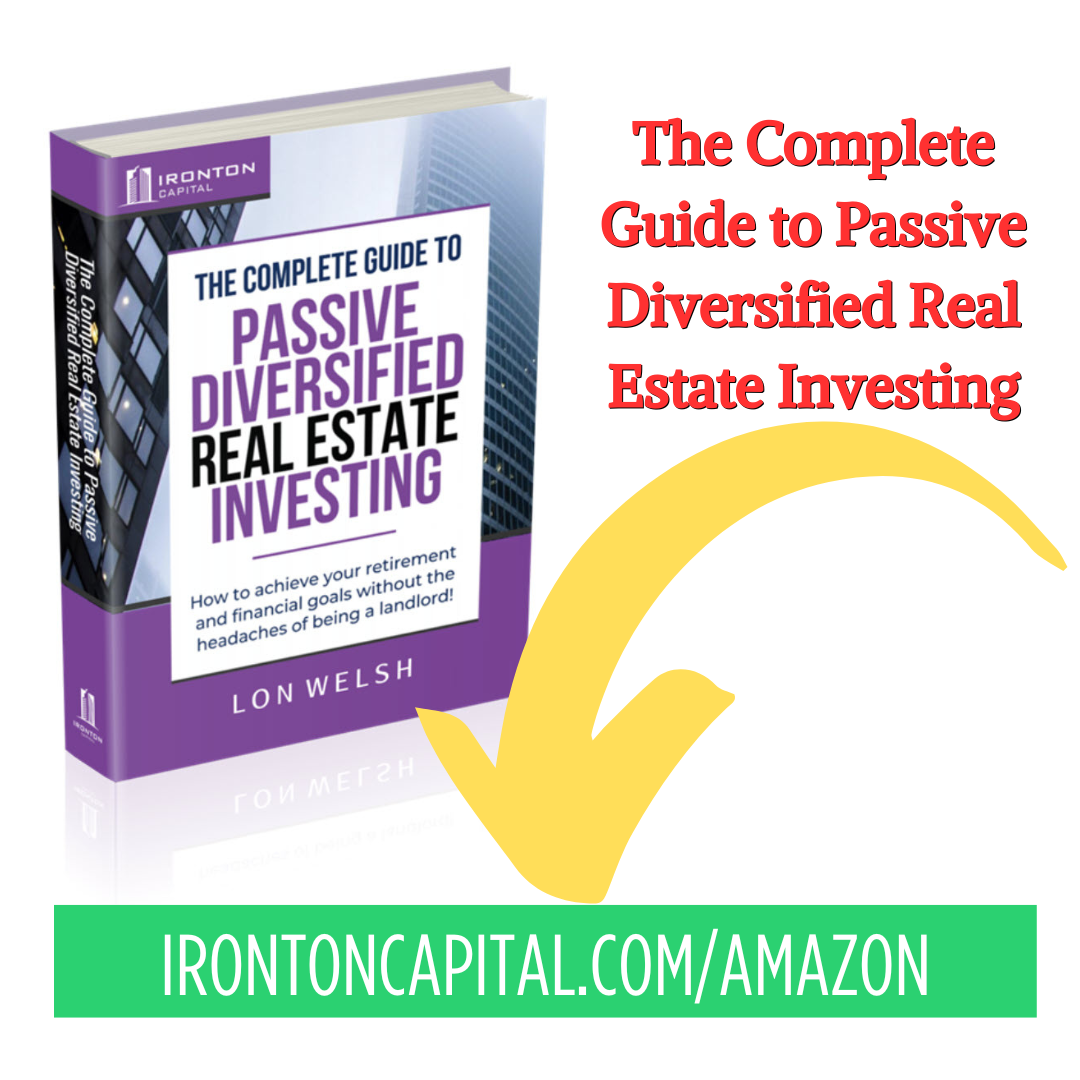Investors also need to diversify by asset class. While each expert will slice the real estate universe into slightly different wedges, here’s the way we like to separate deals:
1. Residential
– Single family homes and condos.
2. Multifamily
– The term “multifamily real estate” comprises all residential real estate, except for single-family homes.
– Multifamily properties are subdivided into Class A, Class B, and Class C properties depending on their location, condition, and more. “A” is nicer or the nicest.
– Most leases are for a year and the tenant doesn’t demand customization of their space.
3. Office
– They range from single-story suburban buildings to multi-story urban buildings.
– Most office buildings are developed for multiple tenants, investors generate several revenue streams.
– This provides income diversity, helping investors to retain cashflow even if a tenant terminates a lease.
– Compared to other types of commercial real estate properties, office leases tend to be longer, too. 3-5 years for a “C” building and 5-10 years for an “A” building.
– In most markets, leases customarily come with built-in annual inflation increases each year.
– In some markets, the leases are triple net (see next section for an overview of triple net leases).
– New tenants often demand their space to be customized, which is cost to the landlord (and significant project management time, too).
4. Industrial
– Attractive investment due to their long-term return and leases, as well as low overhead costs.
– Often “triple-net” (or NNN), where the tenant, not the landlord, is responsible for maintenance, utilities, taxes. This makes management easy. It’s the closest thing to “mailbox money.”
– Several types of industrial buildings, which vary in size, layout, format, and typical tenant, provide further opportunities for the investor to diversify.
– However, the rent increases customarily are usually not as large as other office and multifamily buildings.
5. Retail
– Occupied by businesses offering products and services to customers, including stores, and restaurants.
– Amazon and other online stores caused retail foot traffic to decline, but this type of commercial real estate still plays an important role.
– Like office and industrial, leases are much longer than residential. Inflation increases are usually built in.
– Like office, retail tenants often expect the landlord to customize their space.
6. Hotels & Hospitality
– Offer both short- and long-term accommodations to travelers, both for leisure or business purposes.
– There are many segments, from economy to luxury, and from very short (nightly) stays to extended stays.
– Higher returns, but higher headaches. You really are managing a business AND a property.
7. Land
– One of the riskiest types of commercial real estate.
– Historically, offers the highest return.
8. Mixed Use
– Properties that combine two or more of the above.
– Many downtown high-rises are considered mixed use.
– These often have retail on the first few floors and offices, hotels, or apartments above.
9. Self-Storage
– Low cost to operate.
– Very short lease durations.
Initially, all my investments were residential. That’s how most new investors get started in real estate. Midway through my investing career, I started to sell several smaller condos and townhomes to buy commercial properties like warehouses and office buildings.
This greatly reduced the number of buildings I had to track. Even with property managers for all of them, there is work involved in managing the manager.
Office buildings in Denver were a good investment before COVID in 2020. Post-COVID, most office buildings are experiencing increased vacancy rates, and higher concessions to attract tenants. Medical offices are a notable exception. If you have all your money tied up in one asset class, an event like COVID can really change your outlook.
I now have about 65% of my personal real estate investments in residential and multifamily. Historically, these asset classes have the lowest returns among the different commercial choices. The offset is they have the least volatility. That means even in a downturn, they perform well.
Example 1: Some sub-sectors do even better in a recession than in a growing economy. These are called counter-cyclical. For example, many apartment renters will need to trade down in the amount of space they can afford, or move in with a roommate, during a recession. As a result, self-storage often has an uptick in demand in a recession.
Example 2: More luxurious hospitality offerings perform well in an economic expansion, but are among the first of the corporate and personal spending items that get cut back in a recession. The economy segment of hospitality often takes share from the more expensive hotels in a recession.
This is why it’s not enough to simply choose a couple set asset classes for diversification and stay there. To truly manage your risk, you must keep your finger on the pulse of the market and be ready to shift into emerging assets as their time comes. This is why we have monthly live updates on the state of the market so you can be in position as the market trends change. You can join our monthly updates by going to https://ironcapital.com/mymarketupdates
Click below to access the other pillars and if you are ready for passive, diversified investing…without the headaches, book your 15min investment review at https://irontoncapital.com/myreview to see if we can help you go passive.

